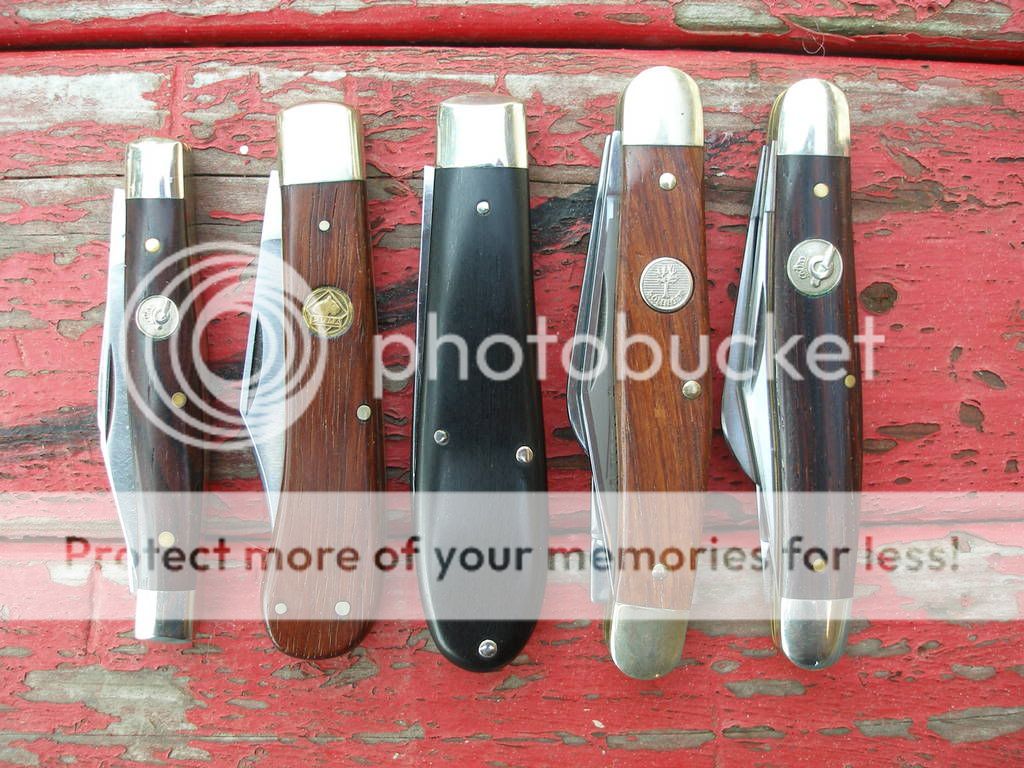- Joined
- Jul 21, 2010
- Messages
- 599
i've noticed many here speak fondly of ebony scales but my searches have left me wondering... what's the attraction?
members in the know always seem to gravitate towards it and now i think i'm missing something. i've always thought bone more desirable than a wood but that doesn't mean that i know what's good. is it more related to by gone sheffield production or is it just aesthetically more pleasant? also, older ebony looks daarker and consistant. does it darken with age and become more monotone?
i'm looking for some good comments and some shameless pics.
members in the know always seem to gravitate towards it and now i think i'm missing something. i've always thought bone more desirable than a wood but that doesn't mean that i know what's good. is it more related to by gone sheffield production or is it just aesthetically more pleasant? also, older ebony looks daarker and consistant. does it darken with age and become more monotone?
i'm looking for some good comments and some shameless pics.











